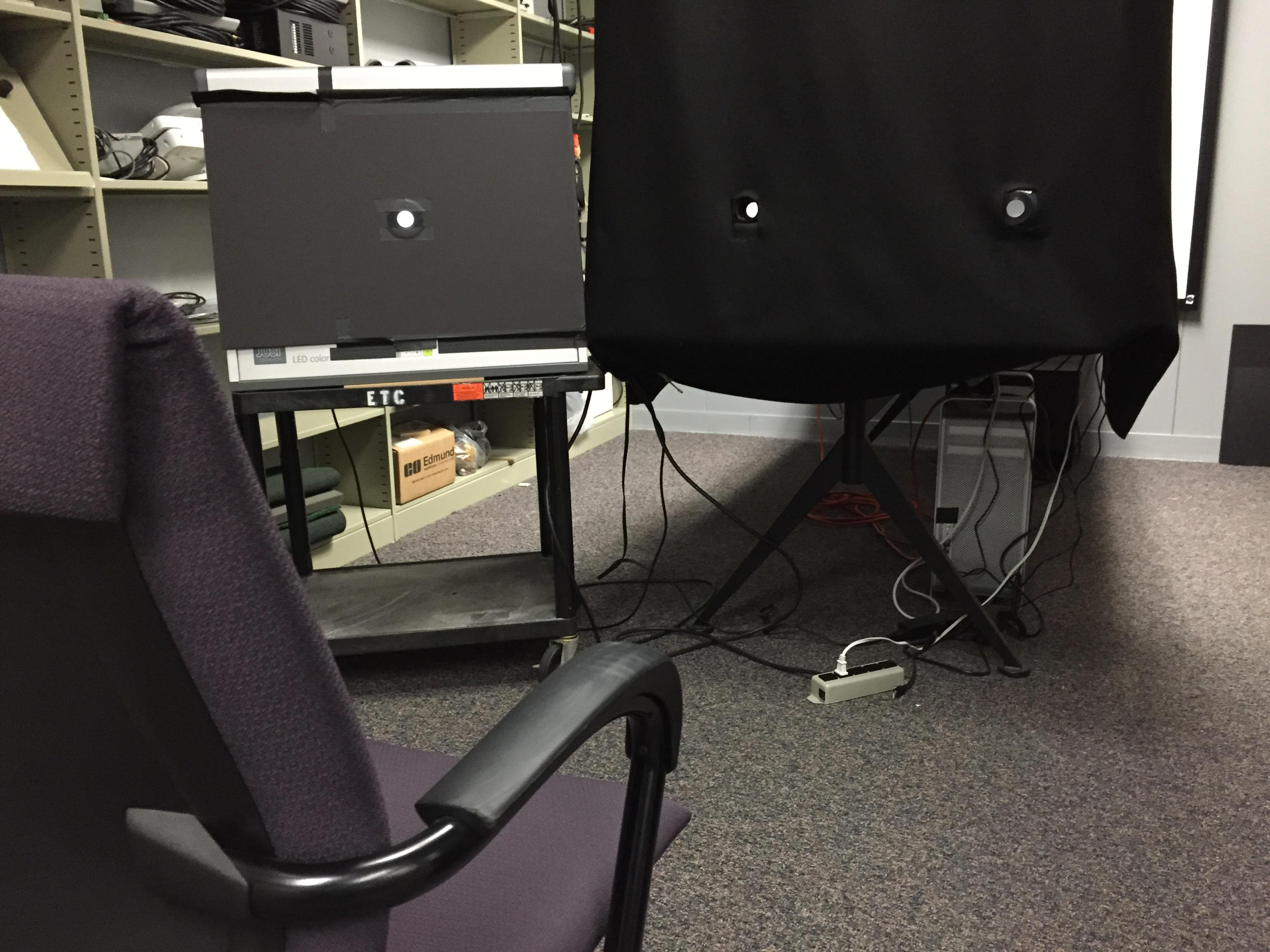Expanding Dimensionality in Cinema Color: Impacting Observer Metamerism through Multiprimary Display
Television and cinema display are both trending towards greater ranges and saturation of reproduced colors made possible by near-monochromatic RGB illumination technologies. Through current broadcast and digital cinema standards work, system designs employing laser light sources, narrow-band LED, quantum dots and others are being actively endorsed in promotion of Wide Color Gamut (WCG). Despite artistic benefits brought to creative content producers, spectrally selective excitations of naturally different human color response functions exacerbate variability of observer experience. An exaggerated variation in color-sensing is explicitly counter to the exhaustive controls and calibrations employed in modern motion picture pipelines. Further, singular standard observer summaries of human color vision such as found in the CIE’s 1931 and 1964 color matching functions and used extensively in motion picture color management are deficient in recognizing expected human vision variability. Many researchers have confirmed the magnitude of observer metamerism in color matching in both uniform colors and imagery but few have shown explicit color management with an aim of minimized difference in observer perception variability. This research shows that not only can observer metamerism influences be quantitatively predicted and confirmed psychophysically but that intentionally engineered multiprimary displays employing more than three primaries can offer increased color gamut with drastically improved consistency of experience. To this end, a seven-channel prototype display has been constructed based on observer metamerism models and color difference indices derived from the latest color vision demographic research. This display has been further proven in forced-choice paired comparison tests to deliver superior color matching to reference stimuli versus both contemporary standard RGB cinema projection and recently ratified standard laser projection across a large population of color-normal observers.













